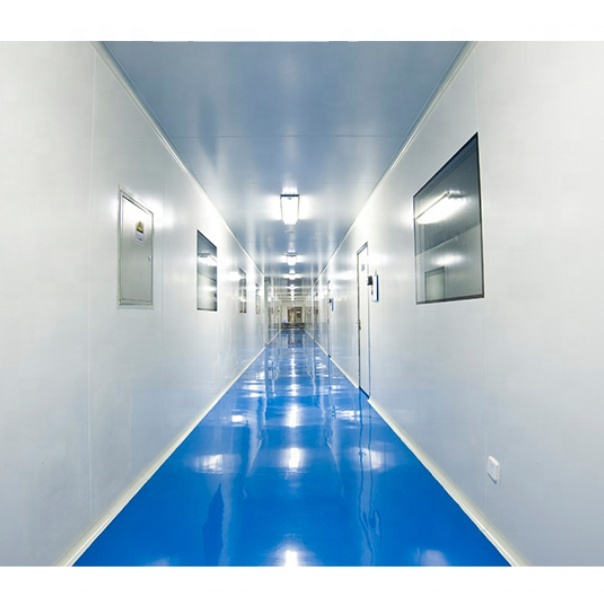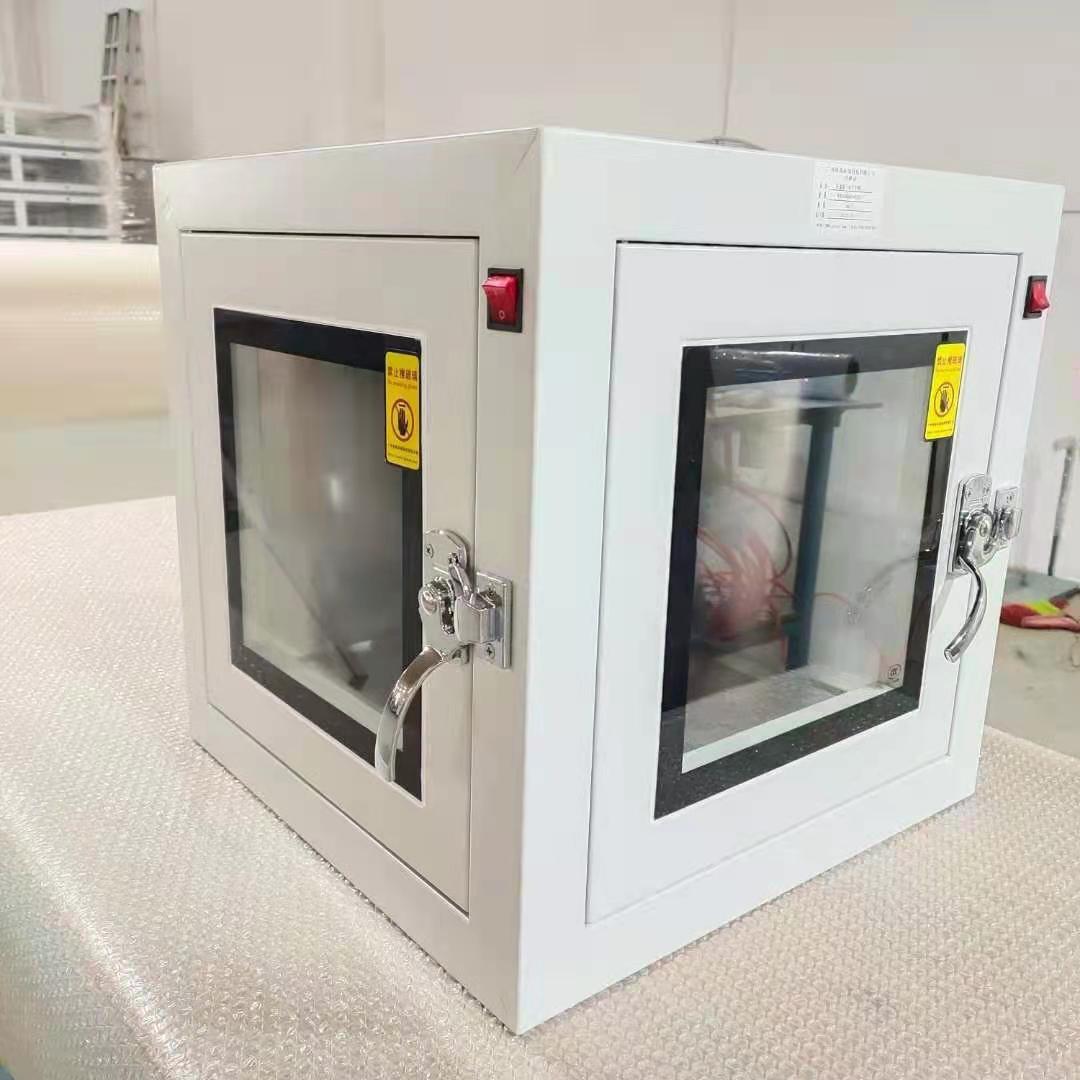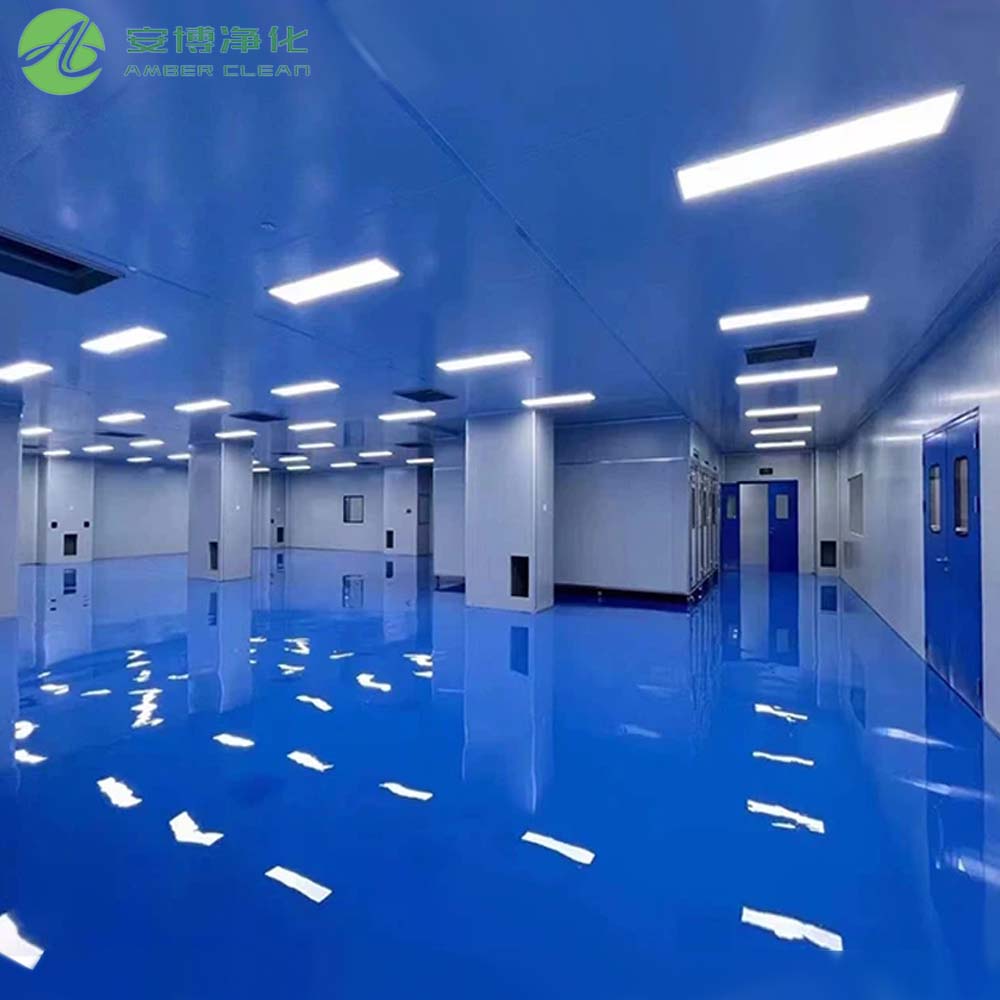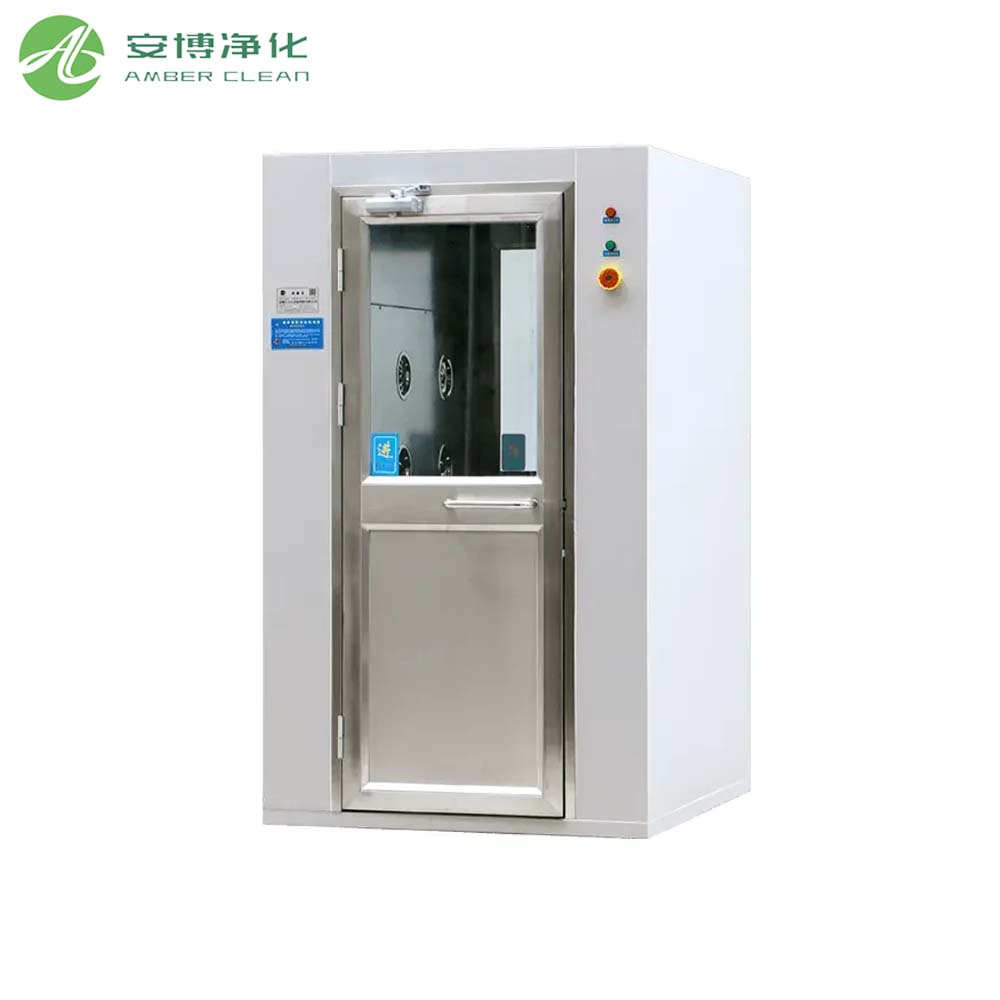
Clean Room Classification and Design Principles
The rationality of clean room classification directly affects production environment safety and product quality. Standards such as ISO 14644 and GMP impose strict requirements on cleanliness levels, air velocity, pressure differentials, and air changes per hour. Even minor errors may result in inadequate cleanliness performance, impacting production compliance.
Amber specializes in clean room classification and design, providing one-stop clean room services, including on-site measurement, grade determination, layout design, construction and installation, and other technical services to ensure that all clean room parameters comply with international standards.
Why choose us?
1.Support customisation on demand to meet the cleanliness requirements of different industries.
2. Professional technical team for fast delivery.
3. All materials are CE and ISO certified.
4. After-sales maintenance service guarantee.
Contact Amber Team for more detailed advice on clean room classification and design solutions.
What is Clean Room Classification?
Why is Clean Room Classification So Important?
Comparison of Clean Room Classification Standards


Clean Room Classification Standards and Applications
The Future of Cleanroom Classification: Technological Advances and Innovation


Conclusion
FAQ
The core working principles of a cleanroom: 1) Purify the air through high-efficiency filtration equipment to control the amount of dust and microorganisms. 2) Use positive pressure protection to prevent contaminated air from flowing back in. 3) Use a reasonable zoning layout to avoid cross-contamination. 4) Maintain cleanliness standards even in dynamic conditions by equipping the room with a real-time monitoring system.
Recent Posts
-
 In fields such as pharmaceuticals, biotechnology, electronics and medical device construction, Cleanroom is playing an increasingly important role in the development of industrial production. This is because Cleanrooms are able to provide a tightly controlled environment that minimizes dust and micr
In fields such as pharmaceuticals, biotechnology, electronics and medical device construction, Cleanroom is playing an increasingly important role in the development of industrial production. This is because Cleanrooms are able to provide a tightly controlled environment that minimizes dust and micr -
 Definition of Pass BoxAccording to different self-locking interlocking methods, thePass Box Clean Room can be divided into electronic device self-locking interlocking Pass Boxand mechanical equipment self-locking interlocking Pass Box. According to the role of purification treatment, Pass Box can be
Definition of Pass BoxAccording to different self-locking interlocking methods, thePass Box Clean Room can be divided into electronic device self-locking interlocking Pass Boxand mechanical equipment self-locking interlocking Pass Box. According to the role of purification treatment, Pass Box can be -
 The standards for Cleanroom cleanliness operate on a scale determined by the needs of specific industrial or research activities. Different levels of cleaning quality measure air suspension particle count where lower numbers relate to better cleanliness standards. The standards set by ISO 14644-1 and Chinese GMP specify complete guidelines regarding Cleanroom cleanliness levels. The classification of cleanroom environments consists of seven stages known as ISO 1 to ISO 9 whereas ISO 1 represents the highest level of cleanliness and ISO 9 represents the lowest.
The standards for Cleanroom cleanliness operate on a scale determined by the needs of specific industrial or research activities. Different levels of cleaning quality measure air suspension particle count where lower numbers relate to better cleanliness standards. The standards set by ISO 14644-1 and Chinese GMP specify complete guidelines regarding Cleanroom cleanliness levels. The classification of cleanroom environments consists of seven stages known as ISO 1 to ISO 9 whereas ISO 1 represents the highest level of cleanliness and ISO 9 represents the lowest. -
 Single Person Double Blowing Air Shower Room, is a type of Air Shower Room that is designed for single-person access with high efficiency blowing and dust removal from both sides. Unlike traditional single side or one-way blowing equipment, the double blowing design can simultaneously spray high-speed clean airflow from both sides, more thoroughly removing dust particles from the surface of personnel and reducing the risk of contamination of the clean room.
Single Person Double Blowing Air Shower Room, is a type of Air Shower Room that is designed for single-person access with high efficiency blowing and dust removal from both sides. Unlike traditional single side or one-way blowing equipment, the double blowing design can simultaneously spray high-speed clean airflow from both sides, more thoroughly removing dust particles from the surface of personnel and reducing the risk of contamination of the clean room.






